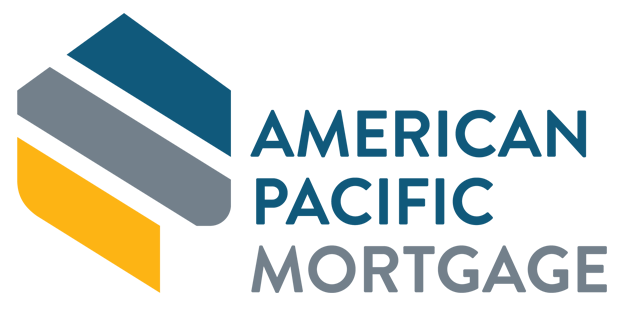Loan Types
There are two main types of loans, the Fixed-Rate Loan and the Adjustable-Rate Loan:
Fixed-Rate Loans
Fixed-Rate loans are the most popular type of mortgage loan. The loan is based on an interest rate and a monthly principle/interest payment that does not change over time. The property taxes and insurance costs may fluctuate as property values change, but many borrowers find fixed-rate home loans to be the appropriate mortgage for their needs. These types of loans help people to create a budget and rely on a steady payment each month. Fixed-rate mortgages are offered on all Conventional, FHA, VA and Jumbo loan products.
Most companies offer fixed-rate mortgages in terms of 15 or 30-years*. That being said, you can ask for alternatives such as 10 or 20 year terms. The longer the term, the higher the interest rate will be and the higher amount of interest paid over the life of the loan. Longer terms generally create a lower payment because the payback is spread out over more years.
Adjustable-Rate Loans
An adjustable rate mortgage differs from a fixed-rate mortgage in a lot of ways. Most importantly, the interest rate of a fixed rate mortgage remains the same for the life of the loan. With an ARM, the rate changes periodically, usually in relation to a financial index. As such, the payments can go up or down depending on how the index performs.
All ARM’s have some common features. They are: the adjustment period, the index, the margin, the note rate, initial rate, interest rate caps and payment caps. (Please find these terms defined below.)
Payments are calculated by adding the margin set by the lender to the particular index. Some common indices utilized include:
- Cost of Funds Index
- Treasury Bills
- LIBOR
ARM Term Definitions:
Adjustment Period
An ARM loan must specify a specific time at which the interest rate may change. The adjustment period can be one year, three years, five years, or another designated period. A three-year or five-year ARM loan usually offers the lower interest rate for the first period of adjustment and then converts to a one-year adjustable. The loan is still considered to be a 15- or 30-year loan*.
Index
An index is a measure of economic conditions. Indexes include U.S. Treasury securities, the Cost of Funds Index (COFI), the Federal Home Loan Bank average, and LIBOR (The London bank-rate). A lender selects an index and bases the interest rate on that index plus the margin of profit desired to achieve certain yield, or profit. The index goes up and down regularly.
Margin
A lender sets a margin, usually between 2 percent and 3 percent. This is set at the time of the loan’s origination and is added to the current index to set the interest rate, assuring the desired yield on the loan.
Fully Indexed Rate, or Note Rate
The index plus the margin establishes the fully indexed rate, or note rate. This is often very close to the current market rate and therefore not attractive to a borrower. To find a market for the adjustable rate loan product the lender often offers a lower initial or “teaser” rate.
Initial Rate
The initial rate is lower than the current market rate and is fixed for the specific adjustment period set by the lender at the origination of the loan. In all probability, the interest rate will increase in the second adjustment period since the initial rate was deliberately set lower than the market rate in order to attract borrowers. This sudden increase in payment can create a serious problem for the borrower.
Interest Rate Caps
To protect borrowers from unlimited increases in the interest rate, lenders establish “caps”. The first cap sets the amount of increase (or decrease) allowed in each adjustment period. The second cap sets a maximum interest-rate increase over the life of the loan. Caps of 2/6 are common.
Payment Cap
It is very important to understand the difference between an interest rate cap and a “payment” cap. Some mortgage products have a payment cap that assures the borrower that the payment will remain the same although the actual interest rate may fluctuate throughout the year. The difference between the interest paid and the interest due on the loan accumulates and is added to the principal balance due. This is called negative amortization and can result in customers owing more than they originally borrowed. A payment cap loan is risky for borrowers and is generally not a good option.
*Please visit our Disclosures page for more details for all loan types.
